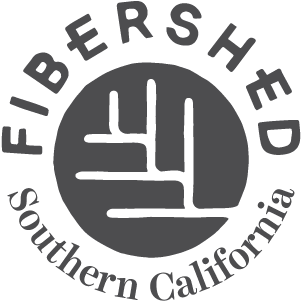Ecoregional fibers list: Diversifying and re-indigenization textile & manufacturing systems
North America:
Animal hide: used significantly in the Great Plains, where the native ecosystem does not have many plant fibers to work with. Clothing made with animal skin was warm and durable, making them suitable to the ecoregional climate. Hides were often sewn together with animal sinew and porcupine needles.
Arizona wild cotton (Gossypium thurberi): native to the Arizona desert; used by Native Americans in the desert Southwest as food and fiber for thousands of years.
Beargrass (Xerophyllum tenax): common in the Olympic, Cascade, northern Sierra Nevada, and the Rocky Mountains. The smaller leaves were used as material for clothing, such as dresses and hats, and the larger leaves were used for basket weaving. The rhizomes were even roasted as food, and the roots boiled as hair tonic or medicine for sprains.
Cedar tree bark*: used by communities primarily in the Northwest regions. Made into clothes, raingear, mats, ropes, blankets, tinder, sewing thread, and wicks.
Common Milkweed (Asclepias syriaca): native to Southern Canada, Saskatchewan to New Brunswick; south to Georgia; west through Tennessee to Kansas and Iowa. Used by Native Americans as fibers; later used as natural fill for floatation devices and life vests, pillows and comforters, etc.
Human hair: used as symbolic decoration by certain tribes on clothing.
Mulberry bark fibers*: used by communities primarily in the Southeast Nations
Redwood bark*: used by communities primarily on the West coast
Sagebrush bark*: used by communities primarily in The Plains
Swamp Milkweed (A. incarnata L.): native to Manitoba, Quebec, and Nova Scotia; from New England south to Georgia; west to Louisiana, and Texas; north to North Dakota.
Wool: first from the region's animals such as bison, then later with wool from sheep introduced by European colonial settlers.
Yucca: often used for sandals, ropes, mats, clothing, nets, hairbrushes, mattresses, and baskets; the leave points often were used as sewing needles. Soapweed (Yucca glauca) was a significant medicinal and fiber source.
*Across all continents, people traditionally used fibers extracted from tree bark to make textiles, tools, and other household items—including clothing. While it may not be practical to make clothes from tree bark in the same handcrafted and mechanical way (as opposed to the chemically intensive processes used today to turn wood pulp into soft fabric), as they often ended up as textiles that feel scratchy and rough, there are other uses they could potentially still substitute, such as mats, rugs, cord, ropes, outdoor furniture, etc.

